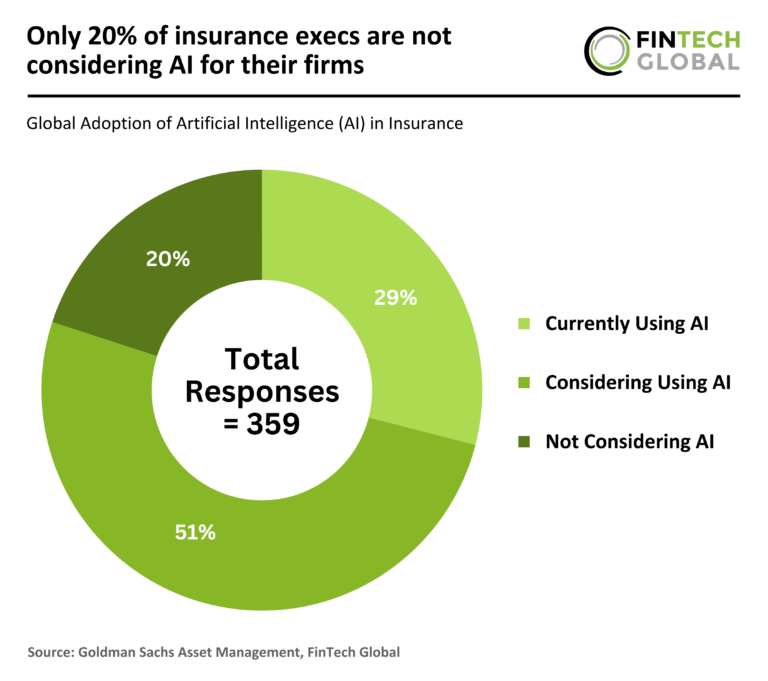Revolutionizing E-Invoicing in 2025: The Impact of AI and Automation
The evolution of e-invoicing is rapidly transforming financial processes across various industries, driven by advanced technologies that enhance automation, efficiency, and compliance. Recently, experts from Comarch delved into these transformative trends during a compelling webinar titled “Global E-Invoicing Mandates – Trends, Strategies & Key Deadlines.” Here, we summarize some of the key insights shared during this informative session.
Automation in Accounts Payable (AP) and Accounts Receivable (AR)
One of the most significant shifts in e-invoicing is the automation of AP and AR processes. Technologies such as Artificial Intelligence (AI), Machine Learning (ML), and Robotic Process Automation (RPA) are revolutionizing the way businesses operate, enhancing efficiency and reducing operational costs.
AI-Powered Solutions for Enhanced Compliance
AI-driven invoicing solutions are reshaping tax compliance by effectively processing vast amounts of unstructured data from diverse invoice formats. These intelligent systems surpass traditional Electronic Data Interchange (EDI) limitations, providing increased precision in financial transactions.
- Fraud Detection: AI’s ability to analyze data patterns helps businesses proactively identify risks and prevent fraudulent activities.
- Regulatory Compliance: Enhanced adherence to evolving regulations, especially in regions moving towards structured e-invoicing frameworks.
AI-Driven Invoice Analysis for Superior Financial Management
Beyond mere data extraction, AI-powered invoice analysis significantly boosts accuracy and security in financial dealings. Key benefits include:
- Real-Time Monitoring: Businesses can track invoice statuses, flag delays, and automate follow-ups, streamlining cash flow.
- Fraud Detection: Machine learning algorithms can identify irregularities, such as duplicate invoices and fraudulent claims, adding a layer of financial security.
Streamlining Invoice Routing with AI
AI is also enhancing how organizations process and route invoices. Automated systems classify invoices based on established business rules, ensuring swift and accurate delivery to the appropriate departments. By leveraging historical data, companies can:
- Improve approval hierarchies
- Detect anomalies
- Escalate issues promptly
This continuous optimization eliminates processing bottlenecks, enhances efficiency, and accelerates payment cycles, ultimately improving liquidity management.
Expense Management: The Role of Generative AI
Expense management is another vital area benefiting from automation. AI-driven chatbots and copilots are crucial in providing real-time compliance guidance, resulting in:
- Cost-Effective Solutions: Businesses can manage financial workflows at a fraction of the cost compared to human oversight.
- Streamlined Processes: RPA reduces errors and ensures organizations meet country-specific regulatory deadlines efficiently.
Technology’s Impact on the Future of E-Invoicing
The integration of cutting-edge technologies is revolutionizing AP and AR operations. Centralizing financial processes on a unified platform allows for greater visibility, standardization, and compliance across regions.
Leading vendors now provide ERP-compatible solutions that ensure seamless regulatory adherence, accommodating country-specific requirements.
Importance of Seamless Integration in E-Invoicing
The success of modern AP and AR systems hinges on robust integration capabilities. Companies should adopt solutions that offer:
- Interoperability with existing financial platforms
- Scalability for future expansions
Countries such as Poland, France, and Malaysia are rolling out new e-invoicing mandates, highlighting the urgency of establishing strong integration frameworks.
Looking Ahead: The Future of E-Invoicing
As financial operations continue to digitize, the adoption of AI, ML, and generative AI will be crucial in driving efficiency, reducing compliance risks, and enhancing decision-making within AP and AR processes. The future of e-invoicing will be characterized by businesses leveraging centralized platforms, seamless integrations, and strategic vendor partnerships to stay ahead of regulatory changes.
For more insights on e-invoicing trends, visit Comarch’s official site.







